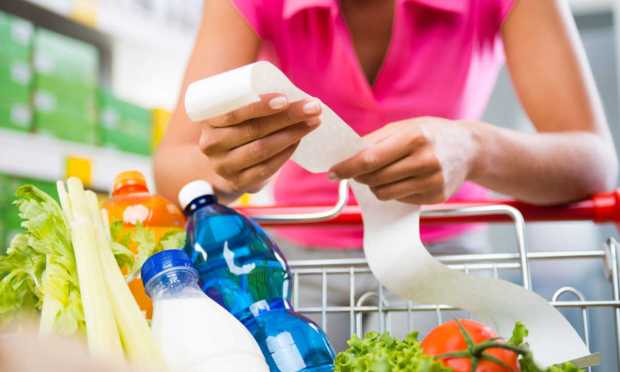From Private Labels to BNPL, Brands Embrace Creative Affordability

The U.S. Consumer Price Index rising by 8.5% through July — and holding — gives larger context to the affordability problems millions of Americans are contending with now and will continue to into next year. Still, people need to eat, drive and wear clothes, so it’s game-on for savings.
For starters, it’ll get worse before it gets better in the hyperinflated grocery sector.
In its latest baseline update for U.S. agricultural markets released Friday (Sept. 2), the Food and Agricultural Policy Research Institute (FAPRI) at the University of Missouri said, “The CPI for food is projected to increase 9.0% in 2022. Food‐at‐home prices increase 10.6%, well above the increase in prices of food away‐from‐home for the first time since 2011.”
That means strained food budgets for the rest of this year into next, which is bringing out the creativity and scale of major grocery players to shore up supply lines and control costs.
On Wednesday (Aug. 31) Walmart announced it has taken an equity stake in Nebraska-based beef supplier Sustainable Beef LLC to secure its meat supply and keep prices down.
Walmart U.S. Senior Vice President of Merchandising for Deli Services, Meat and Seafood Tyler Lehr said, “we are dedicated to providing high-quality, affordable beef to our customers, and an investment in Sustainable Beef LLC will give us even more access to these products.”
Beef may be getting a boost from Walmart, but other categories don’t have a champion. GoBankingRates reported in July, “The cost of chicken is up by a brutal 18.6% compared to this time last year. Prices rose by a high 1.7% since just last month. While the price of fresh fish and seafood dropped a little last month — -0.4% — the price of all other seafood categories rose. All in all, the price of seafood in general has risen by 11% since last June.”
PYMNTS data recorded the impact of higher grocery prices in our August report “Digital Economy Payments: Consumers Buy In To Food Bargains” based on a survey of 2,669 U.S. consumers. The study states that “Only 83% of consumers reported purchasing grocery products in the last 30 days. Though that could suggest a sizable pullback in grocery spending.”
With Labor Day being the unofficial end of summer hotdog season, the timing couldn’t be better as the GoBankingRates reporting noted that “hot dogs experienced an average of 2.52% inflation between 2016-2021 compared to 2.01% overall inflation over the same five years. Year after year, franks get more expensive more quickly than most other goods — food or otherwise,” adding that “Franks are up by a bruising 16.3% compared to this time last year.”
It makes the Oscar Mayer “Cold Dog” sound more appetizing. Introduced in late August, the hotdog-flavored ice pops sell for about $2, so it’s still not going to knock Costco’s famous $1.50 real frankfurter off its perch. Asked by CNBC’s Jim Cramer in July whether Costco will raise its hotdog prices in line with inflation, CEO Craig Jelinek simply said, “No.”
Helping With Non-Food Affordability
Moving in on the buy now, pay later (BNPL) action, Apple Pay Later was unveiled in June, giving “users in the US with a seamless and secure way to split the cost of an Apple Pay purchase into four equal payments spread over six weeks, with zero interest and no fees of any kind. Built into Apple Wallet and designed with users’ financial health in mind, Apple Pay Later makes it easy to view, track, and repay Apple Pay Later payments within Wallet,” per a press release.
Given slow adoption of the Apple Pay wallet it’s hard to estimate how much of an impact Apple Pay Later will have on consumer’s ability to make things more affordable via installments.
On Thursday (Aug. 29) The New York Times reported on the trend of cash-strapped consumers using BNPL for grocery purchases, underscoring the affordability problem many now face.
Saying that $45.9 billion in pay-later transactions were made online in 2021, the Times reported, “Food, which accounted for about 6 percent of those purchases, appears to be an important part of the growth. In the last year, Zip, a company based in Sydney, Australia, says it has seen 95 percent growth in U.S. grocery purchases, and 64 percent in restaurant transactions. Klarna reports that more than half of the top 100 items its app users are currently buying from national retailers are grocery or household items. Zilch, says groceries and dining out account for 38 percent of its transactions.”
